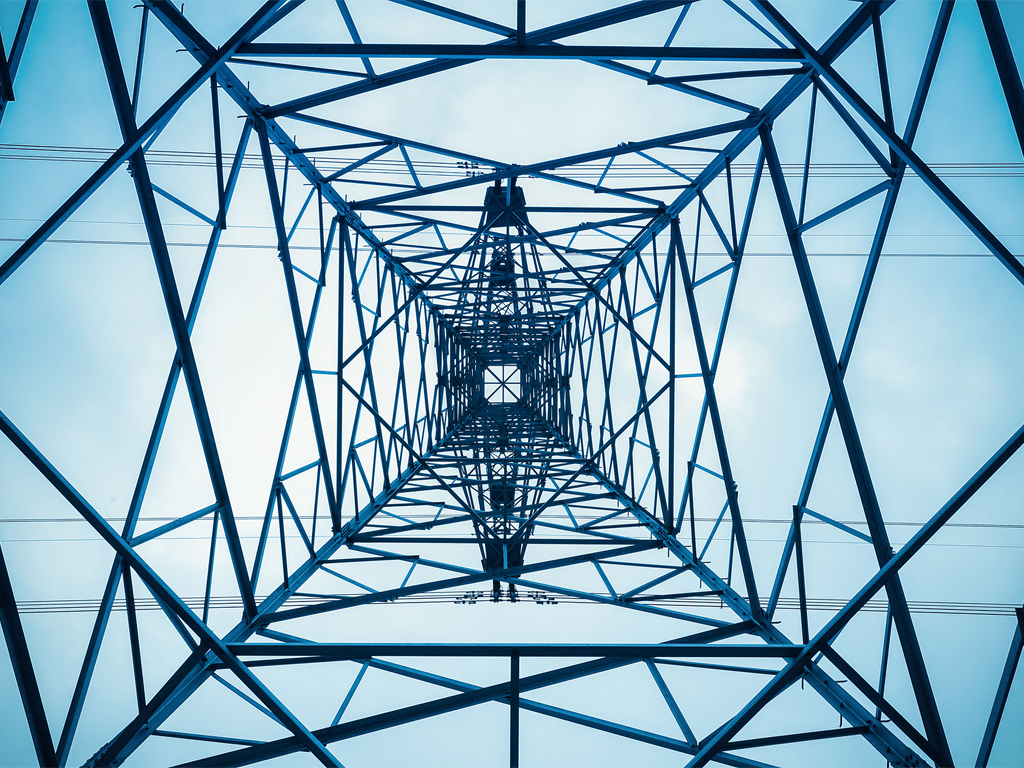Protecting the Grid: How Security Integrators are Securing America’s Power Grid

According to data released by the US Energy Department, there was a significant increase in direct physical attacks on US power grids last year. These attacks, which included acts of vandalism, rose by 77% to a total of 163 incidents. Incidents occurred in more than three dozen states and affected around 90,000 customers. That’s concerning, especially considering the fact that the US power grid infrastructure is aging and vulnerable to disruption. The US government has taken steps to increase security around power grids, but these efforts may not be enough to prevent future attacks.
The power grid is a complex system of interconnected power plants, transmission lines, and distribution networks that supply electricity to every corner of the country. Power plants produce electricity from various sources such as coal, natural gas, nuclear, and renewable energy. Then, electricity travels through high-voltage power lines to distribution substations before being delivered to homes, businesses, and critical infrastructure through lower-voltage lines.
The big challenge is protecting those substations! With more than 55,000 substations throughout the country—mostly unmanned and with many located in rural locations—the grid is extremely vulnerable to vandalism. Last December, an intentional attack on two substations in North Carolina disrupted power for tens of thousands of customers. And another attack on four substations in Washington State later that month, disrupted power for thousands of citizens and caused millions of dollars in damage to the facilities. In North Carolina burglaries were committed during the power outage. And the motive for the attacks in Washington State was to burglarize a business while the power was out.
The US government and the power industry have been working together to improve the security of the electric grid. The Department of Energy (DOE) and the Department of Homeland Security (DHS) have been leading the effort to strengthen the resilience of the power grid against physical and cyber-attacks. The DOE has launched several programs and initiatives to enhance the security of the power grid, including the Grid Modernization Initiative, the Cybersecurity for Energy Delivery Systems program, and the Office of Cybersecurity, Energy Security, and Emergency Response. And the power industry has been implementing various measures to improve the security of the electric grid.
Fortunately, the electronic security industry has the technology to protect our nation’s substations and integrators are leveraging a combination of advanced sensor technology, video surveillance, artificial intelligence, and proactive video monitoring to secure these facilities.
Video monitoring expert, Wes Usie, is the founder and CHekT Professional Video Monitoring. In an interview, Wes explained that substations pose unique security challenges because they are a soft target—often remotely located or partially hidden from view. In most cases, the only security is a perimeter fence that can be easily compromised. Damage to these facilities can lead to disruptions in critical services being provided to the community.
Usie explained that implementing a video-monitored system with AI cameras and an IP speaker for audible deterrents significantly enhances the security of these facilities. Because these remote facilities are fenced, there is very little human or animal traffic providing a controlled environment for a practical video-monitored location.
“Plus, our CHeKT mobile app allows employees or authorized personnel to disarm the substation from anywhere and enter the property without creating an alarm,” Usie explained.
The savvy integrators are already winning projects in this vertical market.
Based in Oklahoma City, Alcom Security has met the need for substation security with their mobile surveillance trailers (MSTs). MSTs can be rapidly deployed and utilize solar power, advanced battery backup systems, and gas generators to power high-resolution PTZ cameras. While the substations they protect are in rural locations, Alcom uses 5G/LTE modems to connect the cameras to their central station. In the event of a perimeter breach, Alcom’s video analytics trigger a notification to the central station where operators can view the live video and talk-down to trespassers.
Blaze Short, owner of Halo Security in Huntsville, Alabama has invested in mobile surveillance trailers as well.
“We originally invested in MSTs to provide proactive video monitoring to our home builders and commercial clients, but we’re now positioning ourselves as the leader in substation security as well. We can rapidly deploy MSTs to substations anywhere in the Birmingham, Huntsville, and Nashville metropolitan areas,” said Short.
The US power grid is a critical infrastructure that must be protected from physical and cyber-attacks to ensure the security and well-being of our nation. The government and the power industry are taking several steps to enhance the resilience and cybersecurity of the power grid, including deploying advanced technologies and techniques, improving emergency response plans, and developing new strategies to prevent and respond to power grid attacks. As security professionals, we can also play a role in protecting the power grid by being aware of the risks and leveraging our technology and expertise to enhance the security of our infrastructure. As an industry, we can ensure the reliability and security of the electric grid for generations to come.




